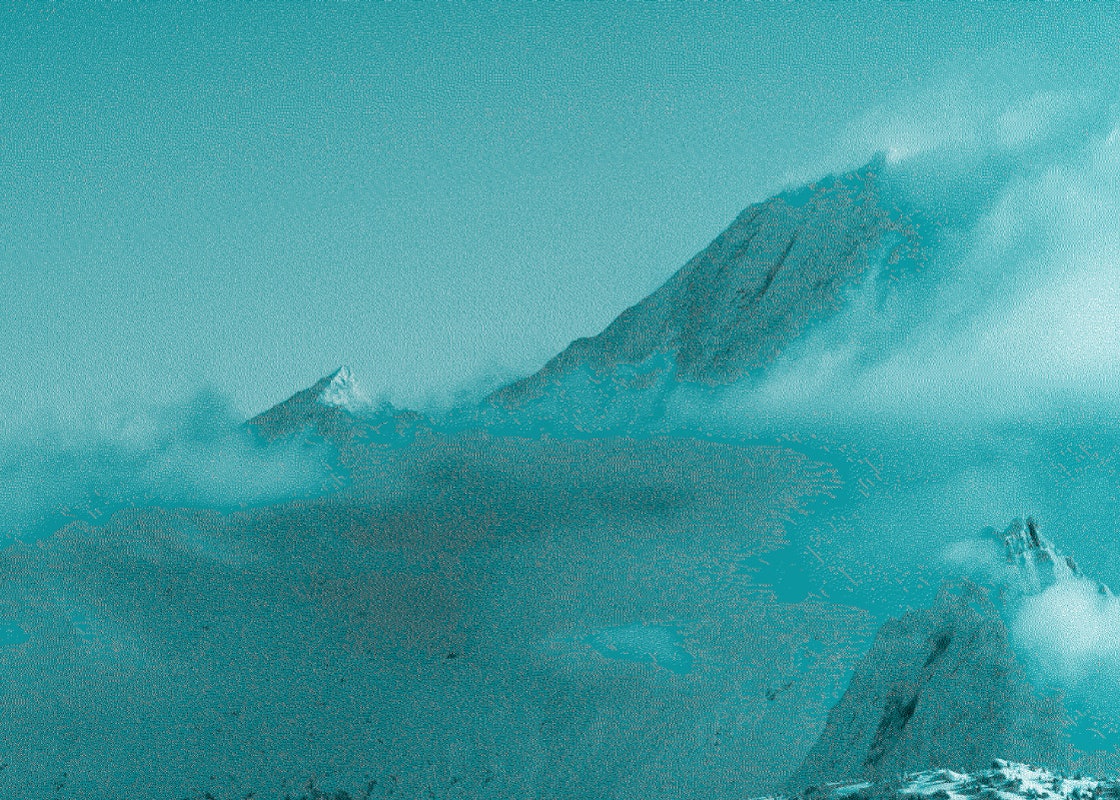
Which job was invented in Courchevel?
Which job was invented in Courchevel?
The profession of first-aid ski patroller was born over 40 years ago in Courchevel, under the impetus of Emile Allais, a former ski champion and resort manager at the time. Here's the history of skiing in Courchevel, in a few key dates:
1945: 1st lift in Courchevel (Le téléski de Saint Agathe) - Courchevel Moriond
1946: birth of the resort and new lifts (Loze and Tovets lifts)
1950: Saulire cable car and junction with the Allues valley.
1954: Birth of the ski slopes service and the profession of ski patrolman.
The Missions of Courchevel’s Ski Patrol Service at Its Creation
Mission #1: Maintaining the Slopes
Back then, ski patrollers groomed the slopes using their own legs, skis on their feet. They climbed in single file, making tight steps to pack the snow by creating stair-like tracks… truly backbreaking work!
Over the years, clever tools were invented: among them, a giant roller pulled behind the patroller helped smooth the snow more efficiently.
But it was thanks to Émile Allais, a pioneer of French skiing, that Courchevel took a decisive leap forward. A visionary, he brought a Snowcat from the United States—an all-terrain vehicle used for polar expeditions. This vehicle was transformed into a snow groomer, making Courchevel the first French resort to mechanize slope grooming.
A revolution that still makes the station famous today for the quality of its pistes.
Mission #2: Assisting Skiers in Distress
Rescuing injured skiers, finding lost persons, or quickly intervening in incidents on the slopes: ski patrollers have long been the guardian angels of the ski area. Present every day from the opening of the ski domain, they patrol, observe, secure… and stand ready to act at any moment.
Trained in mountain first aid, they use specialized equipment: stretchers, snowmobiles, evacuation sleds, radios… Their mission is vital, often invisible but always essential. In Courchevel, their expertise greatly contributes to the station’s reputation for excellence and safety.
The Current Missions of Ski Patrollers in Courchevel
Although the main missions of ski patrollers have changed little since the profession’s creation, their tools have evolved greatly.
Today, grooming is handled by a dedicated team of night groomers, attached to the ski patrol service. Every night, they cover the area aboard ultra-sophisticated grooming machines, offering perfectly prepared slopes to skiers at dawn.
Securing the domain and assisting the injured remain at the heart of the ski patroller’s job. But over the years, an essential mission has been added: preventive avalanche control, to ensure the safety of risky zones before the slopes open.
Today, Courchevel has 50 ski patrollers who watch over the skiers and the ski area every day.
Mission #3: Marking and Signposting the Slopes
Markers — those round colored signs found all along the slopes — indicate the slope’s name and difficulty level. They are numbered in descending order, with marker number 1 always located at the bottom of the slope.
These numbers don’t only help you find your way: in case of an accident, they allow precise localization, facilitating quick intervention by ski patrollers.
Around the slopes, you’ll also see stakes — bamboo poles that clearly delimit the skiable zones. Staying between these stakes means staying on the marked slope.
A handy guide in poor visibility: stakes with a fluorescent orange top are always on your right when you’re on the slope. If they’re on your left, you’re off-piste, which is more dangerous terrain.
Finally, black and yellow stakes indicate high-risk areas: steep slopes, cliffs, rocks… These areas are forbidden and must be strictly avoided.
Mission #4: Mountain Rescue
Ski patrollers are trained to intervene quickly in case of accidents. They equip the slopes, patrol, and stay alert to any situation needing assistance.
If someone is injured, they are transported on a rescue sled — called a barquette — which weighs about 35 kilograms, not counting the patient’s weight.
Handling this sled in the snow requires exceptional technique and physical condition. It’s also during the famous Ski Patroller Memorial that rescuers train and compete in a parallel slalom… while pulling a barquette!
Mission #5: Preventive Avalanche Control (PIDA)
To guarantee skier safety even when avalanche risk is high, ski patrollers implement the Avalanche Control Intervention Plan (PIDA).
This system consists of triggering controlled avalanches before the slopes open, using different methods: explosions via Gazex, Catex, or manual shots.
This meticulous and technical work helps prevent major accidents by securing risky areas and keeping the ski domain safe for everyone.
Three Unique Specialties Among Ski Patrollers: Artificer, Snow and Weather Observer, and Dog Handler
Munitions
This vital mission requires specialized training, available to patrollers after their second year of practice. Thanks to them, slopes remain safe even under high-risk conditions.
Snow and Weather Observer
At Courchevel, this role is handled by Roxane (a little musical reference for the younger ones!).
The snow and weather observer takes readings twice a day and conducts an in-depth study of the snowpack every week. This data helps accurately assess avalanche risk and produce the BERA — Avalanche Risk Estimation Bulletin — an essential safety tool for the ski area.
Dog Handler
The dog handler is a precious ally in case of avalanches: they help locate victims completely buried under the snow. Their availability must be total to respond immediately in emergencies.
At Courchevel, we have two dog handlers, Fanny and Philippe, who you might see in the evening descending the slopes with their dog — sometimes carried on their backs or sprinting behind their handler on skis!
Fanny shares more about this specialty in our article "Our Women on the Slopes."


